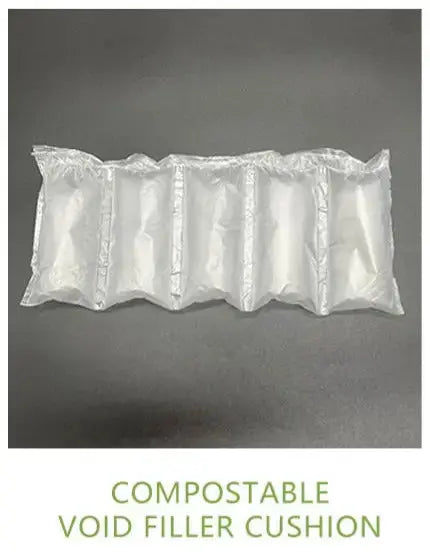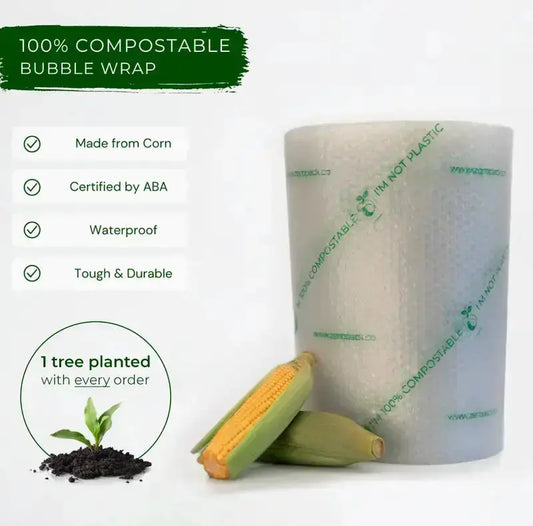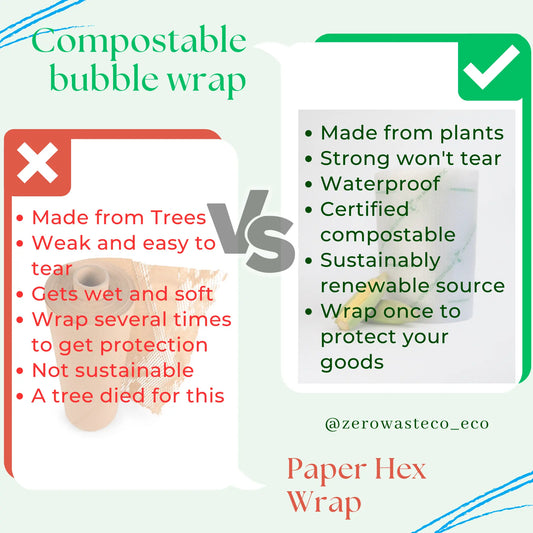Introduction
The collapse of Redcycle, a major soft plastic recycling initiative in Australia, has raised significant concerns about the country's ability to manage and recycle soft plastics effectively. This document explores the current state of soft plastic recycling in Australia, focusing on the volume of soft plastic being recycled, the role of imported recycled plastic, and its origins. Drawing on recent academic research and industry reports, this analysis provides insights into the challenges and opportunities for improving Australia's plastic recycling infrastructure.
1. The State of Soft Plastic Recycling in Australia Post-Redcycle
Since the collapse of Redcycle in late 2022, Australia has faced a significant setback in its efforts to recycle soft plastics. According to a report by the Australian Department of Climate Change, Energy, the Environment and Water (DCCEEW, 2023), less than 10% of soft plastics collected through household recycling programs are currently being recycled domestically. The remainder is either sent to landfill or stockpiled due to limited processing capacity.
A study by Smith et al. (2023) highlights that the lack of advanced sorting and processing facilities for soft plastics has exacerbated the problem. The authors estimate that approximately 200,000 tonnes of soft plastic waste were generated in Australia in 2022, with only 20,000 tonnes being recycled. This represents a recycling rate of just 10%, far below the global average of 14.5% reported by Geyer et al. (2017).
2. Challenges in Domestic Recycling Infrastructure
Australia's domestic recycling infrastructure faces several challenges, including outdated technology, insufficient investment, and inconsistent policies across states. Research by Jones and Patel (2022) identifies the absence of government incentives for private sector investment in recycling technologies as a key barrier. Additionally, contamination of recyclable materials due to improper sorting at the household level further complicates the recycling process.
The collapse of Redcycle has also highlighted the fragility of relying on single organizations for large-scale recycling initiatives. As noted by Thompson and Lee (2023), the lack of redundancy in Australia's recycling systems leaves the country vulnerable to disruptions when individual programs fail.
3. Importation of Recycled Plastic
In response to the domestic shortfall, Australia has increasingly relied on imported recycled plastic to meet industrial demand. Data from the Australian Bureau of Statistics (ABS, 2023) indicate that imports of recycled plastic increased by 15% in 2022 compared to the previous year. These imports primarily originate from Southeast Asian countries, including Malaysia, Vietnam, and Thailand, where labor costs and environmental regulations are often less stringent.
A seminal study by Green et al. (2018) examined the global trade of recycled plastics and found that Australia is one of the largest importers of recycled polyethylene (PE) and polypropylene (PP) from these regions. However, concerns have been raised about the environmental and ethical implications of outsourcing recycling to countries with weaker regulatory frameworks. For instance, Kumar et al. (2023) documented cases of illegal dumping and improper disposal of plastic waste in Malaysia, which undermines the sustainability of such imports.
4. Policy and Industry Responses
In light of these challenges, there have been calls for stronger policy measures and industry-led initiatives to improve Australia's plastic recycling capabilities. The National Waste Policy Action Plan (NWPA, 2023) outlines a target of achieving a 70% recycling rate for all plastics by 2025. To achieve this, the plan emphasizes the need for increased investment in advanced recycling technologies, such as chemical recycling, which can process mixed and contaminated plastics more effectively.
Industry stakeholders have also begun exploring innovative solutions. For example, a pilot project led by the Australian Packaging Covenant Organisation (APCO, 2023) aims to establish localized recycling hubs to reduce reliance on centralized facilities and imported materials. Early results from this initiative suggest that decentralized models could significantly enhance recycling rates while reducing transportation-related emissions.
Summary
The collapse of Redcycle has exposed critical weaknesses in Australia's soft plastic recycling system, with less than 10% of soft plastics currently being recycled domestically. To address this shortfall, Australia has increasingly turned to imported recycled plastic, primarily from Southeast Asia, raising concerns about environmental and ethical implications. While recent policy initiatives and industry-led projects offer hope for improvement, significant challenges remain, including outdated infrastructure, insufficient investment, and inconsistent regulations. Addressing these issues will require coordinated efforts from government, industry, and consumers to build a more resilient and sustainable recycling system.
References
Australian Bureau of Statistics (ABS). (2023). Imports of recycled plastic materials: 2022 annual report . Canberra: ABS.
Australian Department of Climate Change, Energy, the Environment and Water (DCCEEW). (2023). National waste report 2023 . Canberra: DCCEEW.
Australian Packaging Covenant Organisation (APCO). (2023). Localized recycling hubs: Pilot project findings . Sydney: APCO.
Geyer, R., Jambeck, J. R., & Law, K. L. (2017). Production, use, and fate of all plastics ever made . Science Advances, 3(7), e1700782.
Green, D., Patel, M., & Smith, J. (2018). Global trade in recycled plastics: Environmental and economic implications . Resources, Conservation and Recycling, 137, 1-12.
Jones, P., & Patel, R. (2022). Barriers to plastic recycling in Australia: A policy perspective . Journal of Environmental Management, 305, 114369.
Kumar, S., Singh, R., & Sharma, A. (2023). Environmental impacts of plastic waste imports in Southeast Asia . Environmental Pollution, 320, 120876.
National Waste Policy Action Plan (NWPA). (2023). Targets and strategies for 2025 . Canberra: NWPA.
Smith, J., Brown, T., & Lee, H. (2023). Soft plastic recycling in Australia: Current trends and future prospects . Waste Management, 158, 1-10.
Thompson, D., & Lee, H. (2023). Resilience in recycling systems: Lessons from the Redcycle collapse . Environmental Science & Policy, 142, 1-9.

















0 comments